
Organizations are under immense pressure to do more with less in today's economy. After relying on traditional business processes and legacy systems for years, they're now having to step out of their comfort zones in search of ways to enhance operations and cut costs. Digital payment technology has emerged as a viable approach to improve and streamline back-office functions such as AP (accounts payable) and AR (accounts receivable), eliminating costly bottlenecks.
Read More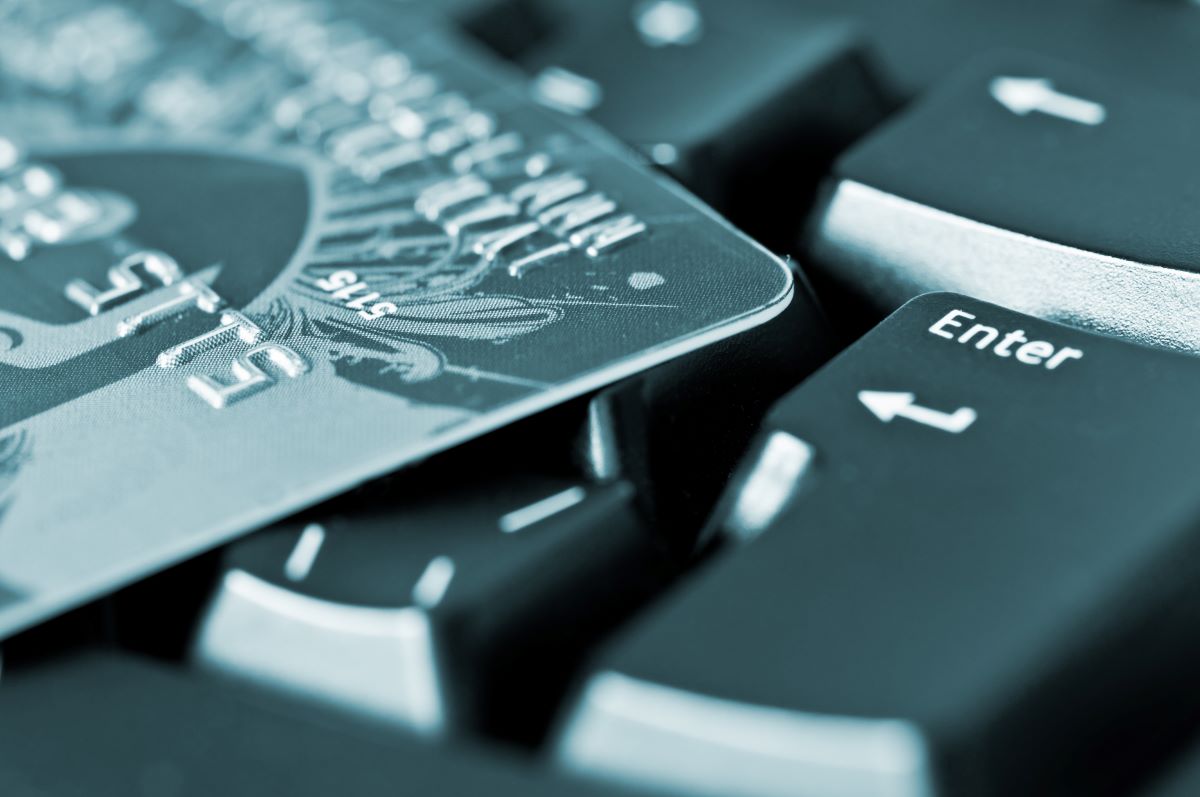
REPAY partnered with a Florida school system to optimize its payments to vendors. As one of the largest public school systems in the United States, the system has over 270,000 students across 300 schools and educational centers.
Read More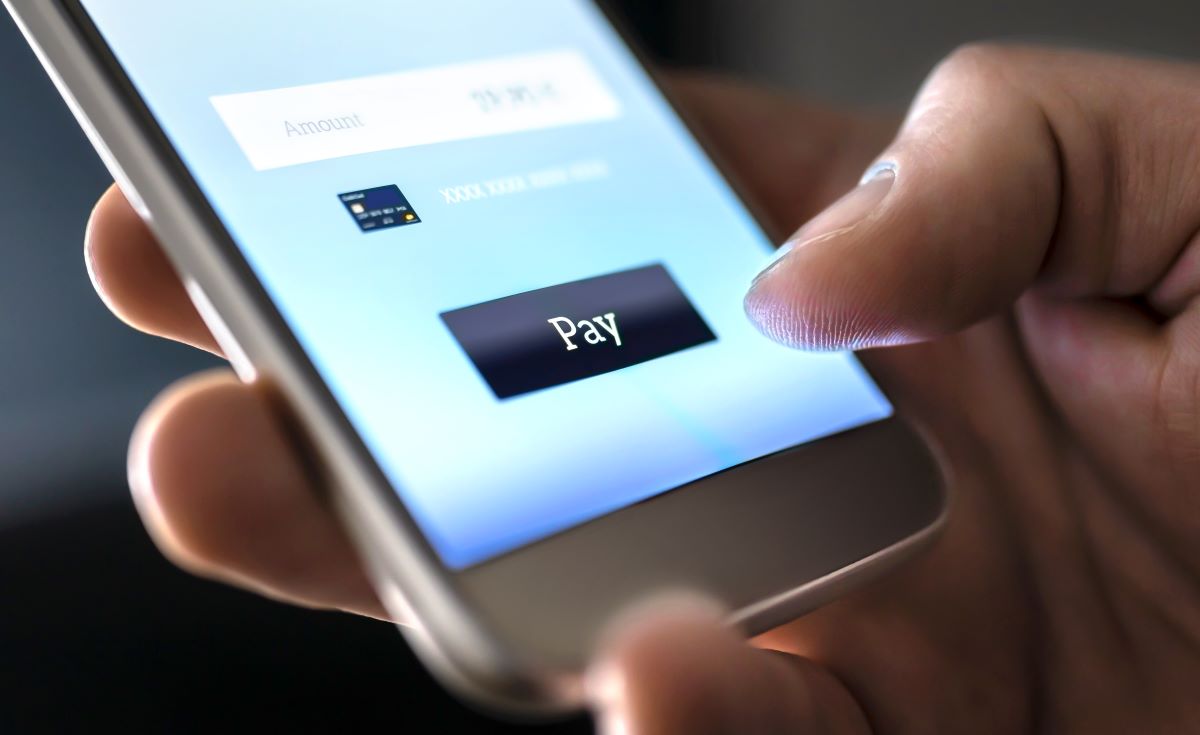
As the world moves toward digital payments, some sectors have hesitated to shift. For example, when it comes to B2B accounts receivable (AR) and accounts payable (AP), you rarely see digital money transfers. Many businesses are still clinging to the friction-filled legacy systems that require manual processes such as cutting checks and initiating ACH payments. However, while these methods may be tried and true, they're also time consuming, unreliable and can hinder a business, especially in times of...
Read More
Since 1999, AutoAction, a leading dealership management software (DMS) provider for independent Texas car dealers, has focused on providing robust technology solutions that solve dealers' daily challenges. From inventory acquisition to sales and finance, AutoAction helps streamline business operations and maintain compliance with federal and state laws and regulations.
Read More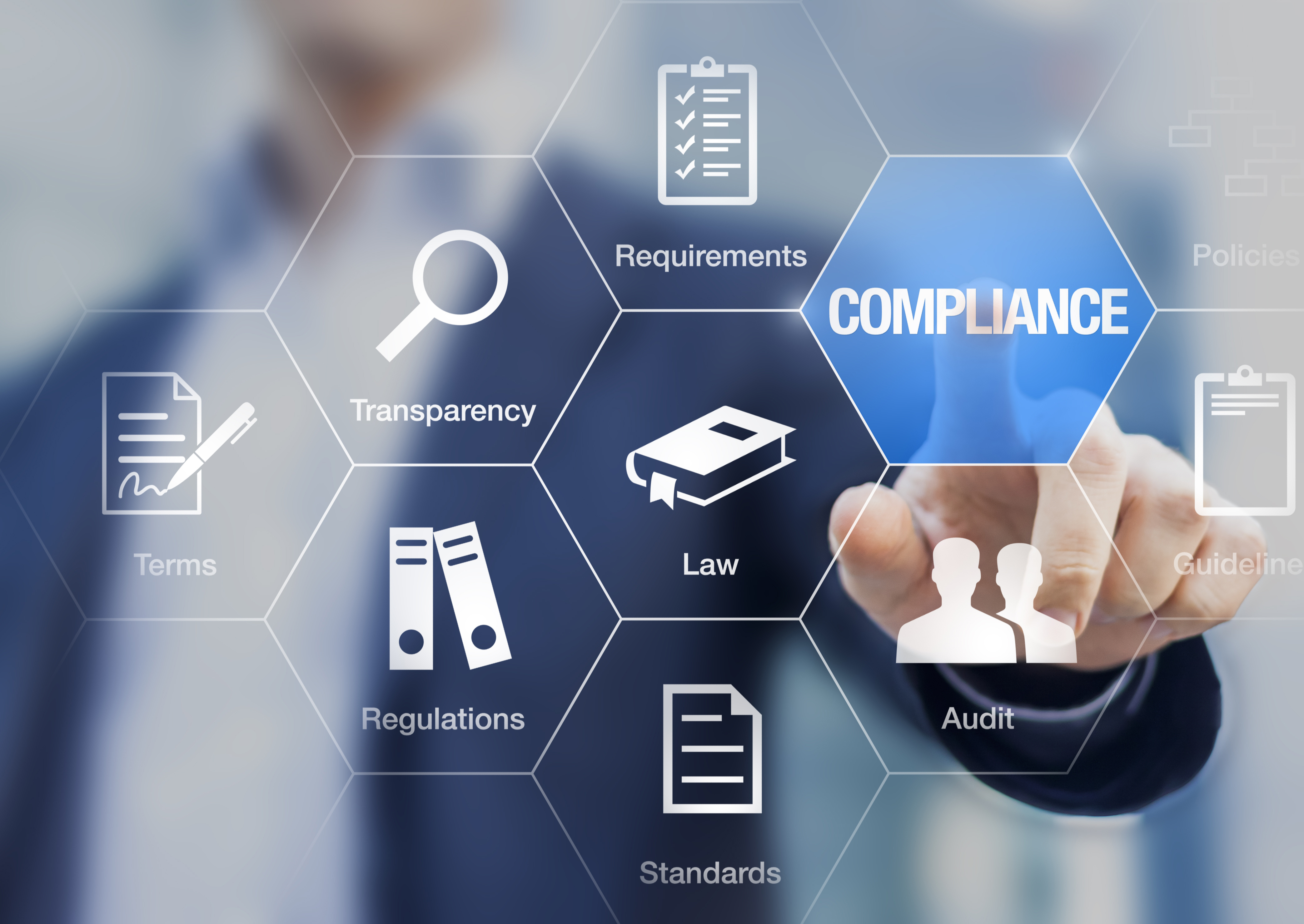
PCI stands for “Payment Card Industry” and is a set of security standards created by the major credit card brands (Visa®, Mastercard®, Amex®, etc.). The Payment Card Industry Data Security Standard (PCI DSS) is the specific set of requirements created to ensure that your business has processed, stored, or transmitted credit card information in a secure environment.
Read More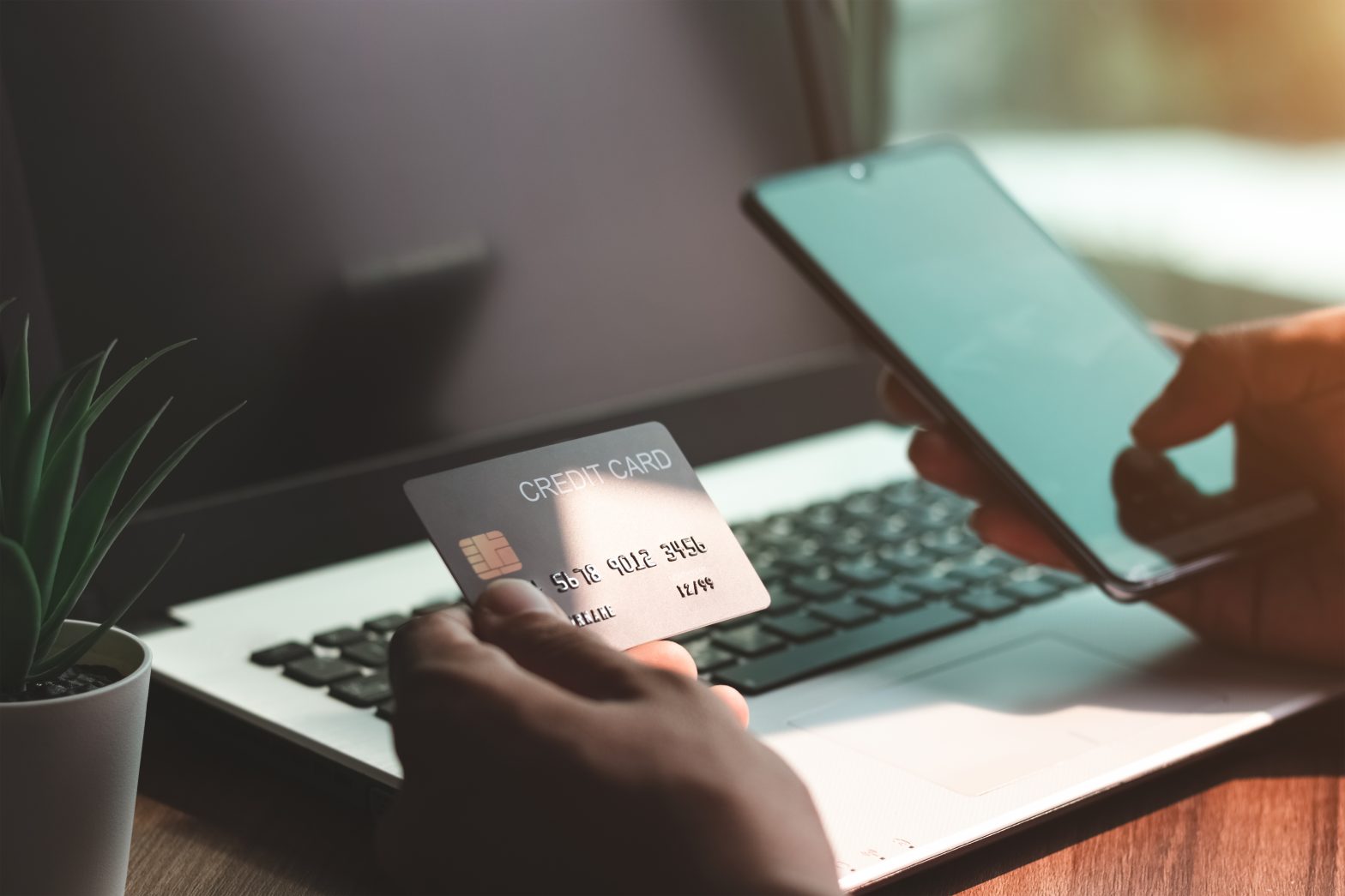
Payment gateways and processors are what make the magic happen - at least on the consumer's end. To understand how these technologies work, you'll have to learn what's going on behind the scenes of this intricate financial dance.
Read More
Mobile payment technology and payments security is light-years ahead of just a few years ago. As scammers have found ways to take advantage of payment methods, mobile phones have stepped up to offer a more secure and convenient way to pay.
Read More
Efforts to stem the spread of Covid-19 have forced consumers and businesses into workarounds for meeting basic needs — usually with significant help from pre-existing technologies. Banking is one example — and it’s likely, say experts, to remain substantially tech-enabled from now on as companies and their customers grow accustomed to the ease and convenience of digitized financial service.
Read More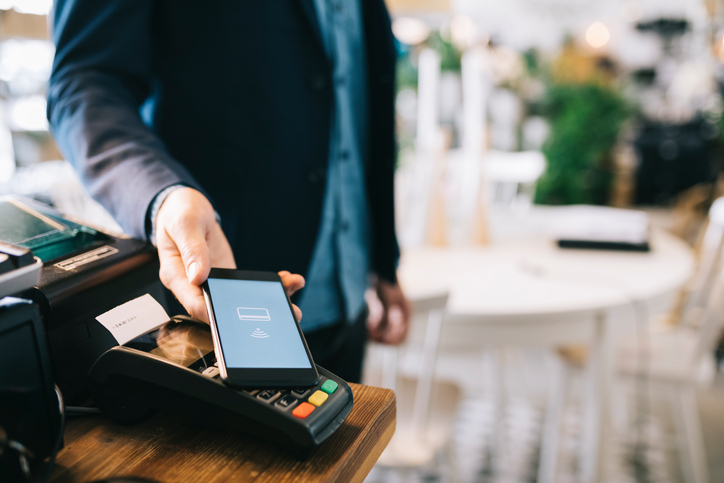
Nearly every business in the business to consumer (B2C) space needs to have a payments option and most in the business to business (B2B) space need one, too. What used to be a convenience is now a requirement. The lack of many options not long ago meant that B2C and B2B payments were simple and streamlined. It used to be easy for a business. Sign up with a processor, get a terminal in your store or office, process payments and move along to the next initiative. But things are changing...
Read More